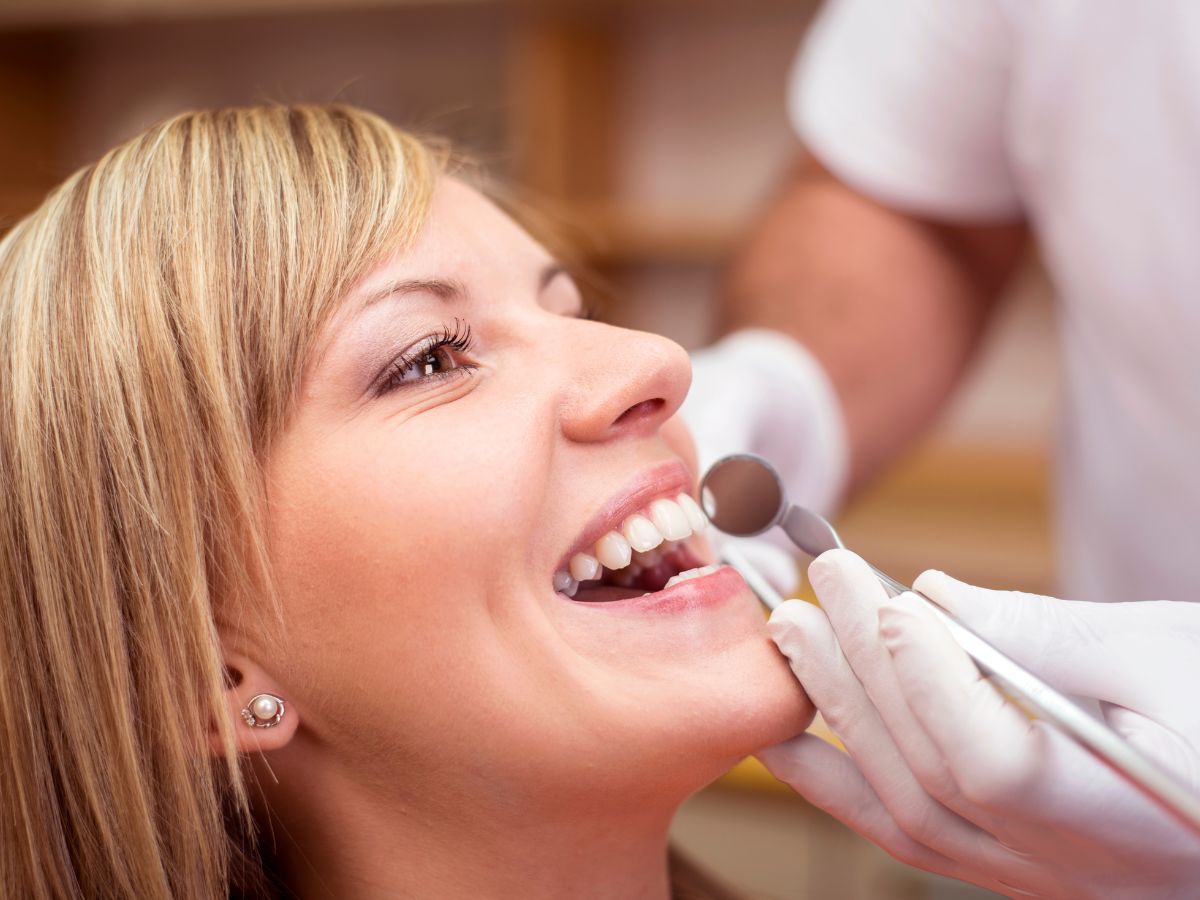Imagine you’re playing in the national championship soccer game. Everyone is cheering on the sidelines and you’re feeling the glory. You turn to look at the crowd for one second, and you see their faces shift from cheers to horror. You turn back to the game and see the soccer ball hurtling toward your face. Yikes! Are you wearing a mouthguard?
Sports players who wear mouthguards are about 82% to 93% less likely to suffer dentofacial (facial bone and jaw) injuries than sports players who don’t wear a mouthguard!
Approximately 7.5% of sports players who wear a mouthguard will experience dental trauma, while 59% of sports players who don’t wear a mouthguard will experience dental trauma (ADA).
Mouthguards are absolutely essential if you want to protect your smile! No matter which sport you play, whether it’s primarily a contact sport or non-contact sport, an orthodontic mouthguard can prevent a tooth from falling out, a braces bracket from breaking, a wire from popping loose, a cut to the cheek, damage to your body part, or damage to another player’s body part.
Wearing a mouthguard is not up for debate; it’s crucial. But how exactly do you wear a mouthguard? Can you wear a mouthguard with braces? How do you mold a mouthguard?
Here’s everything you need to know:
Can you wear a mouthguard with braces?
You can absolutely wear a mouthguard with braces! In fact, you must wear one if you’re a sports player. Playing sports is already dangerous enough without braces, but when you add orthodontic treatment to the mix, your cheeks and tongue are at an increased risk of getting cut or bleeding, and your braces can be damaged on impact.
It’s important that you wear a mouthguard with or without braces, because your teeth are pretty sharp on their own! Taking a high-speed ball to the face, colliding with another player or falling on the ground can leave you clutching your mouth, hoping all of your teeth are still intact.
How to Fit a Mouthguard with Braces
There are different types of mouthguards, including boil-and-bite mouthguards, custom-fitted mouthguards, and stock mouthguards.
Boil-and-Bite Mouthguards
A boil-and-bite mouthguard can be purchased at most sporting goods stores and are molded to fit your teeth. These mouthguards are made of thermoplastic material that softens when it’s warmed in boiling water. Please follow manufacturer instructions to form fit this mouthguard.
* We do not recommend this type of mouthguard with traditional braces since it will hold your teeth in their current position, and we are moving them to a new position.
Stock Mouthguards
Stock mouthguards are one-size-fits-all mouthguards that are relatively easy to put in place and take out. These are slightly bulkier because they are not molded to your teeth. Stock mouthguards can’t be fitted to your smile, so to wear one, you simply pop it in place and it will protect your lips and cheeks from your braces. Our office will be happy to provide you with one of these mouthguards when your Orthodontic treatment begins!
Custom-Fitted Mouthguards
Custom-fitted mouthguards are the most comfortable mouthguard, and the most expensive. These are custom-made to fit your exact smile. Custom mouthguards can be created by some Dental/Orthodontic offices that use their own custom lab.
Once your custom mouthguard is made, it’ll fit like a glove!
* We do not recommend this type of mouthguard with traditional braces since it will hold your teeth in their current position, and we are moving them to a new position.
How to Wear a Mouthguard Properly
No matter which type of mouthguard you choose, what’s most important is that you wear it! Don’t let it collect dust on your nightstand. You’ll regret not wearing your mouthguard if you experience an unfortunate collision during a game or practice.
Wear your mouthguard every time you practice or play in a game. Whether you play soccer, tennis, volleyball, basketball or football, a mouthguard is essential.
If you have braces, simply pop your mouthguard in place while you’re playing, then rinse it out afterward, clean it or soak it in a cleaning solution, give your case a rinse too, wait until it air dries, then store it in your cabinet or drawer until your next practice.
If you have Invisalign®, leave them in your mouth and place your mouthguard over the Invisalign. Score some goals, touchdowns or hoops, then remove it, clean it, and place it back in your case. Simple as that.
The Bottom Line
When you visit us for your complimentary consultation, we’ll help you make the best decision for your smile. We’ll discuss the pros and cons of each mouthguard and recommend some trusted brands.
We’re here to support you throughout your treatment process, so you can experience the best possible results with the safest, most comfortable experience.
Still have questions about orthodontic mouthguards?
Please don’t hesitate to reach out to us with any questions! We love to hear from you. We’re here to guide you through your treatment process, from your very first visit, to your last appointment.
If you’re looking for a top orthodontist in St. Petersburg or Seminole, we’d love to meet you! We’re proud to have treated more Invisalign cases in the last 15 years than any other Invisalign providers in Pinellas and Manatee Counties!
Request a complimentary exam for you or your child today. We also offer virtual consultations for your convenience. Your treatment — your way.





